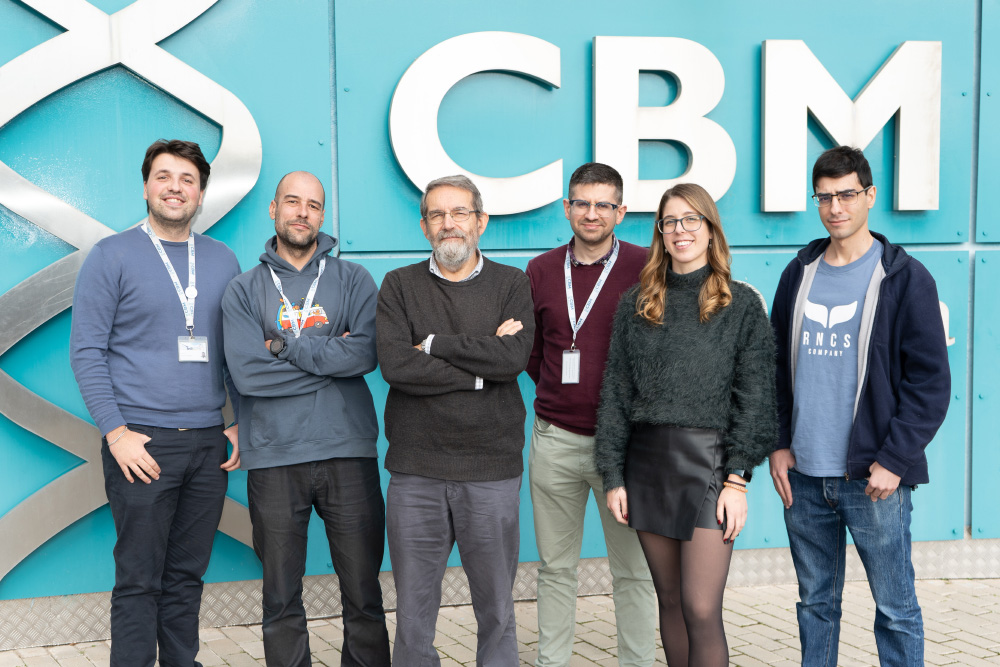Scientific Program
Interactions with the environment
RESEARCH GROUP
Virus engineering and Nanobiotechnology

Mauricio Garcia Mateu
We use protein engineering and biochemical, biophysical and biological analyses to study the assembly, conformational stability and dynamics and the physical properties of viruses, and their biological relevance. We aim at providing novel insights into viral infection, and guidelines for the application of this knowledge for the design of vaccines, antiviral drugs, and novel bio/nanomaterials.
Research
Major research goals: We use protein engineering techniques and biochemical, biophysical and virological analyses to study assembly, conformational stability and dynamics and physical properties of viruses, and their biological relevance (Mateu (ed.) (2013) Structure and Physics of Viruses, Springer 2013; Mateu (2013) Arch.Biochem.Biophys. 531,65-79). Based on these studies, we aim also at the design and analysis of genetically and/or structurally modified viral particles for the development of biomedical and bionanotechnological applications (Mateu (2016). In Protein-based Engineered Nanostructures, Springer 2016, pp.83-120).
Scientific relevance and technological implications: In-depth knowledge of certain key processes for viral infection, including virus morphogenesis, structural rearrangements and uncoating; application of this knowledge for the design of vaccines, antiviral drugs, biomaterials and modified nanoparticles for biomedical or bionanotechnological uses.
Some recent results: i) The combined use of atomic force microscopy (AFM) and electron microscopy allowed us to experimentally determine for the first time the reversible pathway and intermediates of assembly and disassembly of a structurally simple spherical virus (Fig.1). ii) Using mutational analysis and the determination of mechanical properties of virus particles by AFM we have discovered a relationship between genetic changes that alter the mechanical stiffness of virus particles and changes in the propensity of the latter to undergo conformational changes related to the infection process (Fig.2). iii) we have characterized the structure, dynamics and mechanical properties of a bidimensional nanocoating made by self-assembly of the HIV capsid protein on a solid matrix. These and other studies by our group have implications for a better understanding of processes essential for viral infection, the design of new antivirals that may inhibit these processes, and the development of nanoparticles and bidimensional biomaterials with improved mechanical properties for applications such as targeted drug delivery or tissue regeneration.
Group members

Mauricio García Mateu
Lab.: 205 Ext.: 4575
mgarcia(at)cbm.csic.es

Alejandro Valbuena Jiménez
Lab.: 205 Ext.: 4601
avalbuena(at)cbm.csic.es

Juan Carlos Gil Redondo
Lab.: 205 Ext.: 4601
jcgil(at)cbm.csic.es

Valentín Riomoros Barahona
Lab.: 205 Ext.: 4601
v.riomoros(at)cbm.csic.es
Selected publications
Single-Molecule Analysis of Genome Uncoating from Individual Human Rhinovirus Particles, and Modulation by Antiviral Drugs
Alejandro Valbuena et al.
A Genetically Engineered, Chain Mail-Like Nanostructured Protein Material with Increased Fatigue Resistance and Enhanced Self-Healing
Santos Domínguez-Zotes et al.
Visualization of Single Molecules Building a Viral Capsid Protein Lattice through Stochastic PathwaysArticle
Alejandro Valbuena et al.
Imaging and Quantitation of a Succession of Transient Intermediates Reveal the Reversible Self-Assembly Pathway of a Simple Icosahedral Virus Capsid
María Medrano et al.





